Tu Duc Tomb
Located in a narrow valley in Duong Xuan Thuong Village, 8km from Hue City, Tu Duc Tomb is considered as one of the most beautiful and picturesque and largest works of architecture of Nguyen Dynasty’s royal palaces and tombs. People say that Tu Duc Tomb is a must in every tour to Hue City.
.jpg)
The tomb was constructed between 1864 and 1867. The construction of Tu Duc’s tomb requires an incredible amount of money and labour, thus resulted in a rebellion of workers. Therefore, the tomb was renamed as Khiem Lang, in comparison with the former name: Van Nien Co (expresses the wish to be permanent). In addition, all the constructions’ names were changed to bear the word Khiem (Modesty) in their names, as the king wanted to express his humility.
It was the place where he could retreat from the Citadel to compose poetry or go hunting because the monument was finished when the king was still in reign. The design of the tomb is said to clearly reflect the profound knowledge and romance of the king’s characteristics.
.jpg)
A glance at the tomb can create the illusion of a scenic park, packed with lakes, hills, pavilios amidst the lushness of frangipani trees and grove of pines. It’s surrounded by a solid octagonal wall. A few notable sites in the temple area inside the tomb can be listed as Luu Khiem Lake, Tinh Khiem Island, Xung Khiem Pavilion, Hoa Khiem Temple (which commemorated the King and the Queen). Hoa Khiem Temple is a small museum of the King’s life: a mirror used by the King’s concubines; a lock gifted by the French; the funerary tablets of the emperor and empress. As the tomb also functions as a home away from home, there is even a royal theatre inside the complex, named Minh Khiem Duong. The theatre is a reflection of Tu Duc’s poetic soul, with the ceiling carved with stars, clouds, crescent moon and sky. Today, perfomances are not shown in this theatre but in Xung Khiem Ta (near Luu Khiem Lake).
The remaining part is the tomb area, consisting of the Honour Courtyard, the Stele Pavilion and the seplucre. The Stele Pavilion of this tomb is known as the biggest one in Vietnam, in which the king has inscribed about his life by himself.
Coming to Tu Duc Tomb, tourists may feel like they’re lost in a huge scenery park, where the old monuments of old feudal time are harmoniously in tune with the natural atmosphere.
The suggested means of transport to travel to Tu Duc Tomb is by motorbike, car or even bikes. This site can be included in a tour from Khai Dinh Tomb and Tu Hieu Pagoda. Remember to wear comfortable shoes as visiting this tomb means a lot of walking.
See more
-
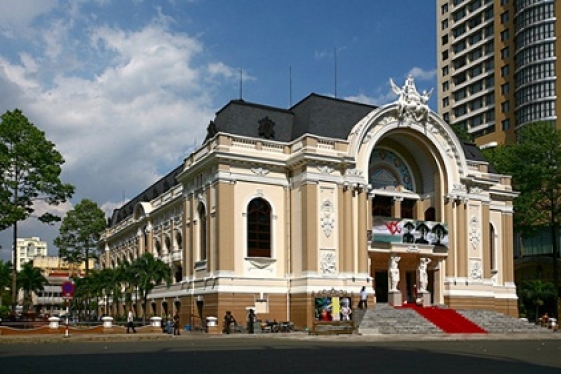
Saigon Opera House
The Saigon Opera House in Ho Chi Minh is an elegant colonial building at the intersection of Le Loi and Dong Khoi Street in District 1, very close to the famous Notre Dame...
-
.jpg)
Sapa market
In the early morning, streets in Sapa downtown are filled with hundreds of Hmong and Red Dao people in colorful ethnic attire heading to Sapa market. The traditional Sunday...
-

Star beach - the most beautiful beach in Phu Quoc
Star beach is one of the most beautiful beaches in Phu Quoc with a wild beauty, white sand with stretches, clear blue sea all year around. It a great place to relax in...
-
.jpg)
Van Phuc Silk Village
Situated on the bank of Nhue River, about 10km southwest of Hanoi Old Quarter, Van Phuc silk village is renowned for its traditional weaving and premium quality silk products.
-
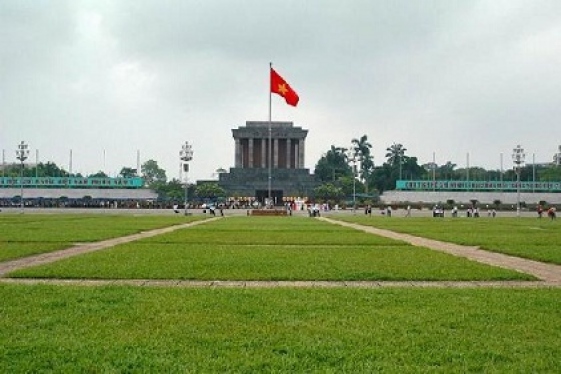
Ba Dinh Square
The square adjacent to the Ho Chi Minh complex is called Ba Dinh square, where many important national historical events in modern history took place.
-
.jpg)
Tuan Chau Island
Tuan Chau Island is a newly established tourism center of Ha Long City, which is only 8 kilometers away from downtown Ha Long. The whole area of this island is about 2.2...
-
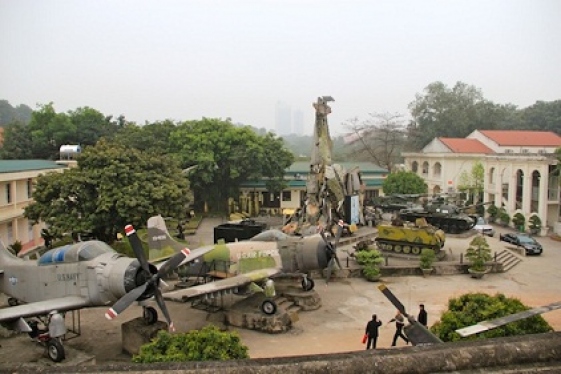
Museum of History of Vietnamese Military
Also popularly known as Military Museum, this is one of the oldest museums in Hanoi.
-

Fairy Stream
Fairy stream is flowing next to Cang Vang Hill in Mui Ne and its color is very unique. Besides, fairy stream has beautiful scenery that attracts many tourists.
-
.jpg)
Hoi An Central Market
Sharpen your bargaining skills and head south east to Hoi An Central Market, one of Vietnam’s best, offering an unmissable shopping experience. Rich in the smell of...
-

Cat Cat Village
Cat Cat village is one of the most famous destination of not only domestic travellers but also foreign ones. It is located on on the Muong Hoa Valley and...
Destinations
Most popular tours
-
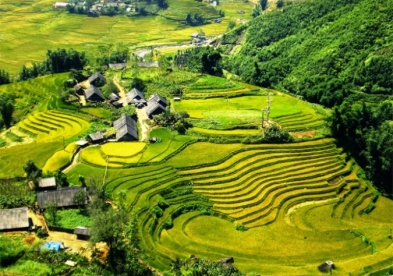
Explore Sapa Homestay
Price from: 173 US$
-

Hoa Lu – Tam Coc Day Tour
Price from: 33 US$
-
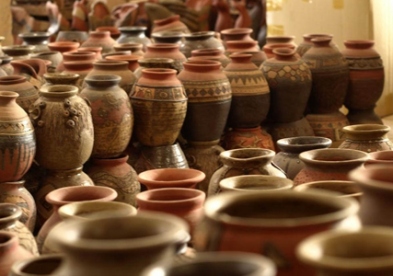
Visit Tho Ha Traditional Village
Price from: 23 US$
-

Explore Vietnam
Price from: 640 US$
Business info
Vietnam Local Guide
- Address: 18th Floor, VTC Online Tower, 18 Tam Trinh Str.,Hai Ba Trung Dist., Hanoi, Vietnam
- Email: info@vietnamguider.com
- Phone: (+84) 0904989890
- Hotline: (+84) 0904989890